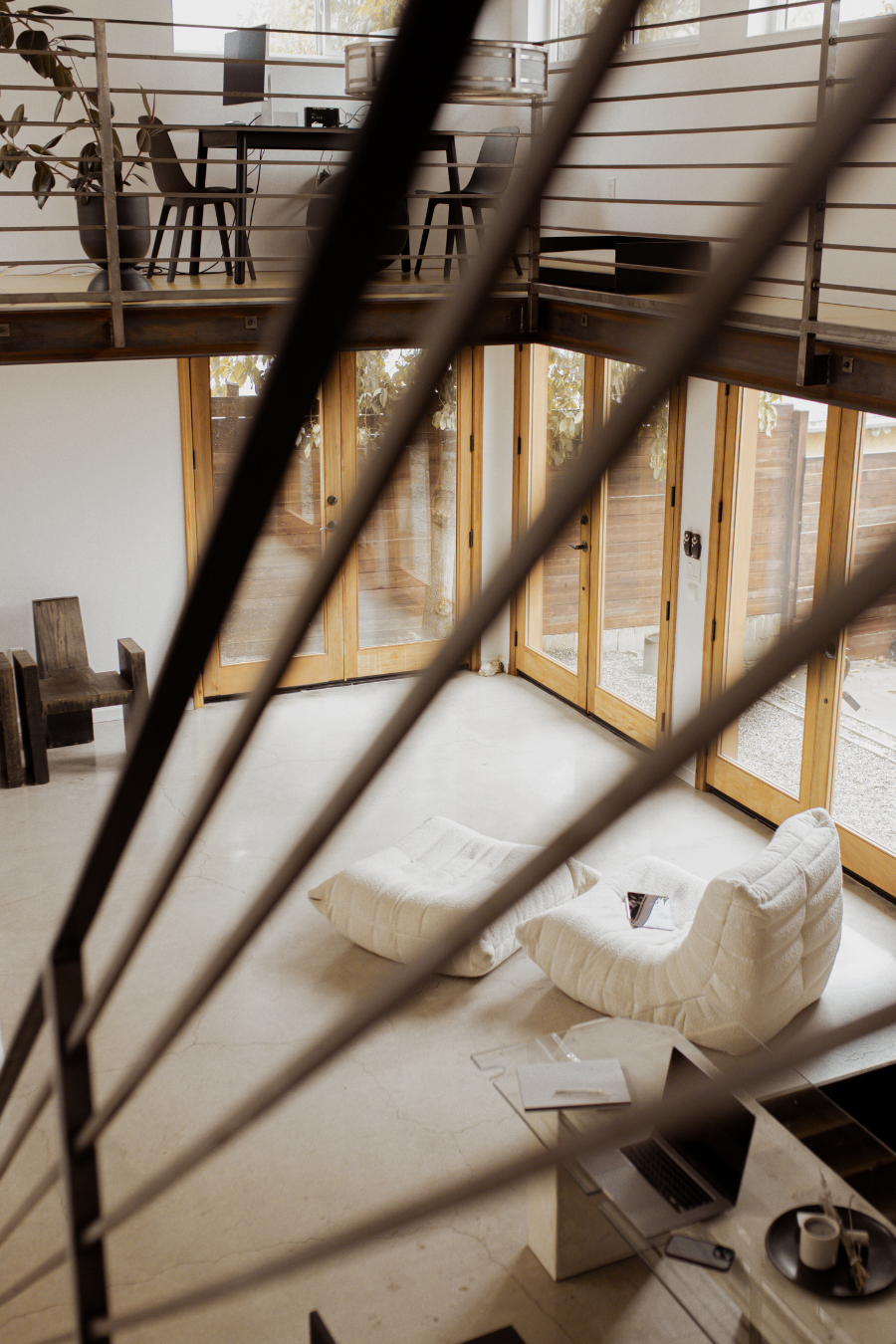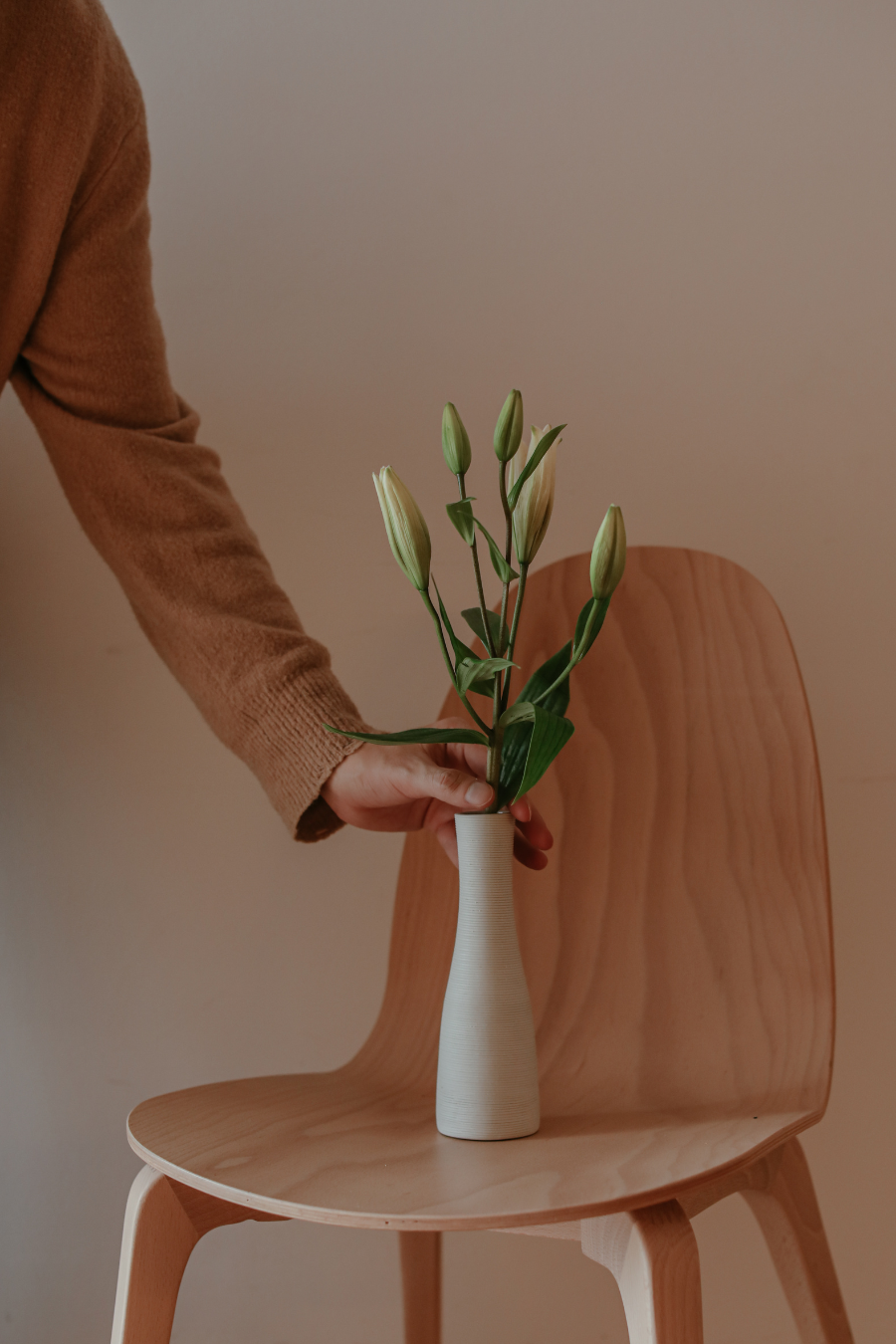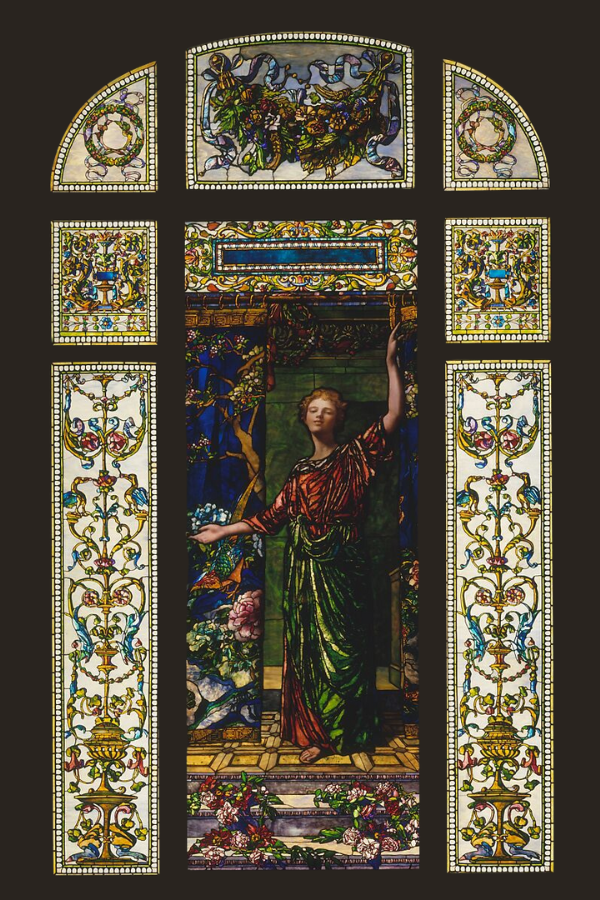
From the Eames Lounge Chair to the Womb Chair: 15 Iconic Chairs We’ll Never Forget
Summary
This article explores 15 iconic chairs that have shaped modern furniture design. From the Eames Lounge Chair to the Womb Chair, these pieces blend form, function, and cultural significance. Whether redefining ergonomics, pioneering new materials, or making bold artistic statements, each chair remains a timeless classic in interiors worldwide.
Reflection Questions
How do iconic chairs like the Eames Lounge Chair or the Tulip Chair reflect changes in design philosophy over time?
What role do materials and manufacturing techniques play in the legacy of these famous chairs?
How do different cultures influence chair design, and which of these chairs do you feel most connected to?
Journal Prompt
Choose one chair from the list that resonates with you the most. Reflect on its design, history, and impact. How does it inspire you, and how would you incorporate its aesthetic or principles into your own space or creative practice?
Some chairs are a lot more than just furniture—they’re design statements, cultural icons, and testaments to the evolution of form and function. Whether they revolutionized ergonomics, redefined materials, or simply became synonymous with style, these chairs continue to influence interiors and inspire designers. From the mid-century masterpieces of Charles and Ray Eames to the sculptural elegance of the Womb Chair, here are 15 chairs that have left an indelible mark on design history.
The Eames Lounge Chair & Ottoman (1956)
Designed by Charles & Ray Eames
Arguably the most famous lounge chair in modern furniture design, the Eames Lounge Chair is a masterful blend of comfort and sophistication. Originally designed as a more relaxed take on the classic club chair, it features three molded plywood shells, a luxurious leather seat cushion, and a cast aluminum base that pivots. This mid-century modern icon, often paired with a matching ottoman, remains a symbol of timeless modern furniture design and impeccable craftsmanship.
The Womb Chair (1948)
Designed by Eero Saarinen
Saarinen designed this modern chair for Florence Knoll, who wanted a seat that felt like being “in a basket full of pillows.” Originally designed in 1946 and introduced in 1948, its enveloping form, created using a fiberglass shell with foam upholstery and supported by a steel frame, provides unparalleled comfort while maintaining an organic, sculptural quality. The Womb Chair embodies mid-century modern design at its coziest.
The Barcelona Chair (1929)
Designed by Ludwig Mies van der Rohe & Lilly Reich
Originally designed for the German Pavilion at the 1929 Barcelona International Exposition, this chair was meant for royalty. Its sleek stainless steel frame and leather seat cushion exude a quiet opulence, making it a staple in high-end modern interiors. As one of the most famous chairs in modern furniture design, the Barcelona Chair remains a timeless classic.
The Egg Chair (1958)
Designed by Arne Jacobsen
A masterpiece of Danish modern style, the Egg Chair was designed for the SAS Royal Hotel in Copenhagen. With its dramatic curves, integrated seat shell, and high-back privacy shell, this comfortable chair remains an icon of mid-century modern design. The Egg Chair designer, Arne Jacobsen, created a lounge chair that continues to be a favorite in high-end offices and stylish homes.
The Wishbone Chair (1949)
Designed by Hans Wegner
Inspired by the Ming Chair, the Wishbone Chair blends Scandinavian simplicity with traditional craftsmanship. Its curved back, solid wood frame, and woven cane seat make it one of the most recognizable and beloved dining chairs in modern furniture design. As a quintessential restaurant chair, it remains a timeless classic.
The Panton Chair (1967)
Designed by Verner Panton
The Panton Chair was designed in 1960 and introduced in 1967. The first fully plastic chair to be produced in a single piece, it was a bold, futuristic statement. Its sinuous, S-shaped form and stackable design made it an instant classic, frequently featured in avant-garde interiors and photography. As a monobloc chair, this plastic chair remains one of the most famous chair designs of the 20th century.
Fuel your creative fire & be a part of a supportive community that values how you love to live.
subscribe to our newsletter
*please check your Spam folder for the latest DesignDash Magazine issue immediately after subscription

The Cesca Chair (1928)
Designed by Marcel Breuer
One of the first chairs to incorporate tubular steel, the Cesca Chair was designed in 1928 and combines industrial materials with a woven cane seat for a striking juxtaposition of modern and natural elements. As one of the most famous chairs in history, this cantilevered seat remains a staple in contemporary dining rooms and workspaces. The Cesca Chair designer, Marcel Breuer, was also the mind behind the Wassily Chair, another mid-century modern classic.
The Tulip Chair (1956)
Designed by Eero Saarinen
Saarinen sought to eliminate the “ugly, confusing, unrestful world” beneath chairs and tables, leading to the Tulip Chair’s single-pedestal base. Designed in 1955 and introduced in 1956, its futuristic, sculptural silhouette and space-age aesthetic make it an enduring favorite in modern interiors. The chair features a molded fiberglass shell with an aluminum pedestal base, making it part of the Pedestal Collection.
The LC4 Chaise Lounge (1928)
Designed by Le Corbusier, Charlotte Perriand & Pierre Jeanneret
Designed for ultimate relaxation, the LC4 Chaise Lounge adapts to the body’s natural curves. Its industrial materials and tubular steel frame reflect the modernist pursuit of functional beauty. Often referred to as the “relaxing machine,” this lounge chair is one of the most famous chair designs in modern furniture.
The Peacock Chair (c. 19th Century, became iconic in the 1970s)
Though its origins date back to colonial Southeast Asia, the Peacock Chair became a cultural icon in the 1970s, appearing in countless portraits and magazine covers. One of the most popular versions is Hans J. Wegner’s chair from 1947, but you are probably more familiar with the elaborate, woven chairs of the ’70s. Their intricate rattan structure and throne-like appearance make them an unforgettable and often adapted design.
The Ball Chair (1963)
Designed by Eero Aarnio
A futuristic design marvel, the Ball Chair features a spherical shell with a cozy interior seat, offering a cocoon-like feel. Introduced at the Cologne Furniture Fair in 1966, the Ball Chair designer, Eero Aarnio, cemented his place in the world of modern furniture.
The Butterfly Chair (1938)
Designed by Jorge Ferrari-Hardoy, Antonio Bonet, & Juan Kurchan
With its simple metal frame and suspended leather seat, the Butterfly Chair is a minimalist masterpiece. This lightweight chair has remained an enduring favorite in both modernist and bohemian interiors.
The Swan Chair (1958)
Designed by Arne Jacobsen
Created alongside the Egg Chair for the SAS Royal Hotel, the Swan Chair features flowing curves and a swiveling base, embodying elegance and comfort in a sculptural form. As a quintessential lounge chair, the Swan Chair designer, Arne Jacobsen, created a piece that remains timeless.
The Bubble Chair (1968)
Designed by Eero Aarnio
A follow-up to his Ball Chair, the Bubble Chair designer, Eero Aarnio, used transparent acrylic to create a seat that could be suspended from the ceiling for a floating effect. Its space-age aesthetic and innovative materials make it a truly unique design.
The Shell Chair (1963)
Designed by Hans Wegner
Nicknamed the “smiling chair” due to its curved seat, the Shell Chair is an elegant yet comfortable chair that showcases Wegner’s skill in woodworking and organic design. With its thin wood veneer sheets and solid oak frame, it remains one of the most famous chairs in Danish modern style.
Final Thoughts

These chairs are more than just places to sit—they tell stories of design revolutions, technological advancements, and cultural moments. Whether found in museums, movies, or gorgeous homes, they remind us that great design never goes out of fashion.
Which of these chairs do you love the most? Or do you have a favorite that we missed? Let us know in the comments!








